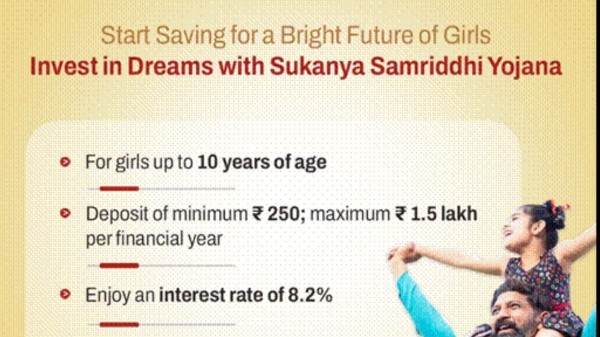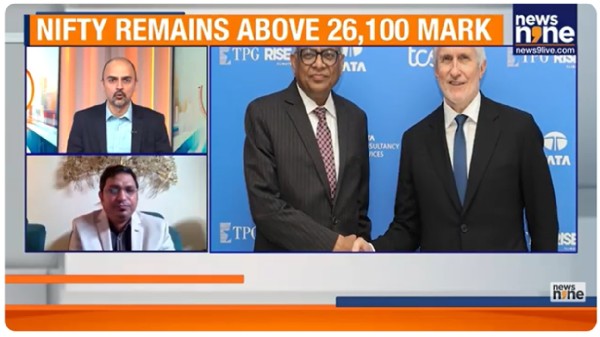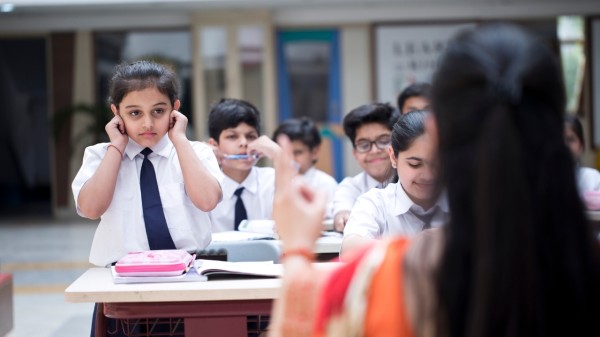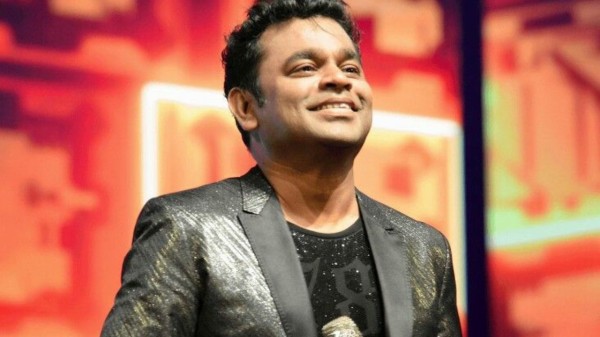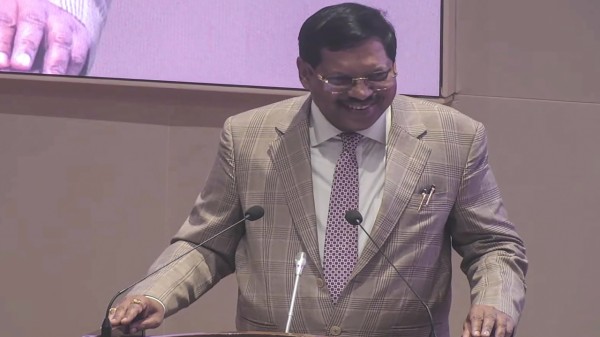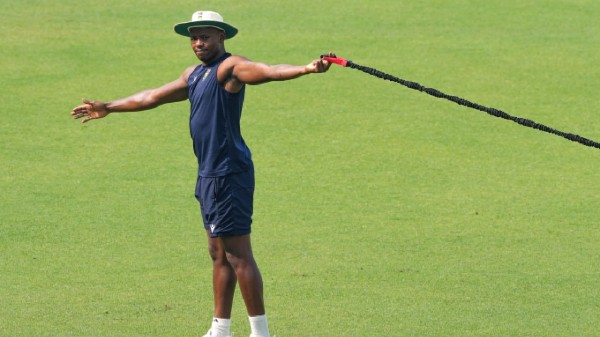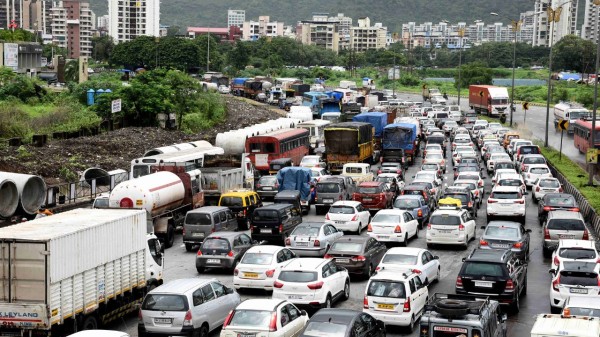

By signing in or creating an account, you agree with Associated Broadcasting Company's Terms & Conditions and Privacy Policy.


By signing in or creating an account, you agree with Associated Broadcasting Company's Terms & Conditions and Privacy Policy.
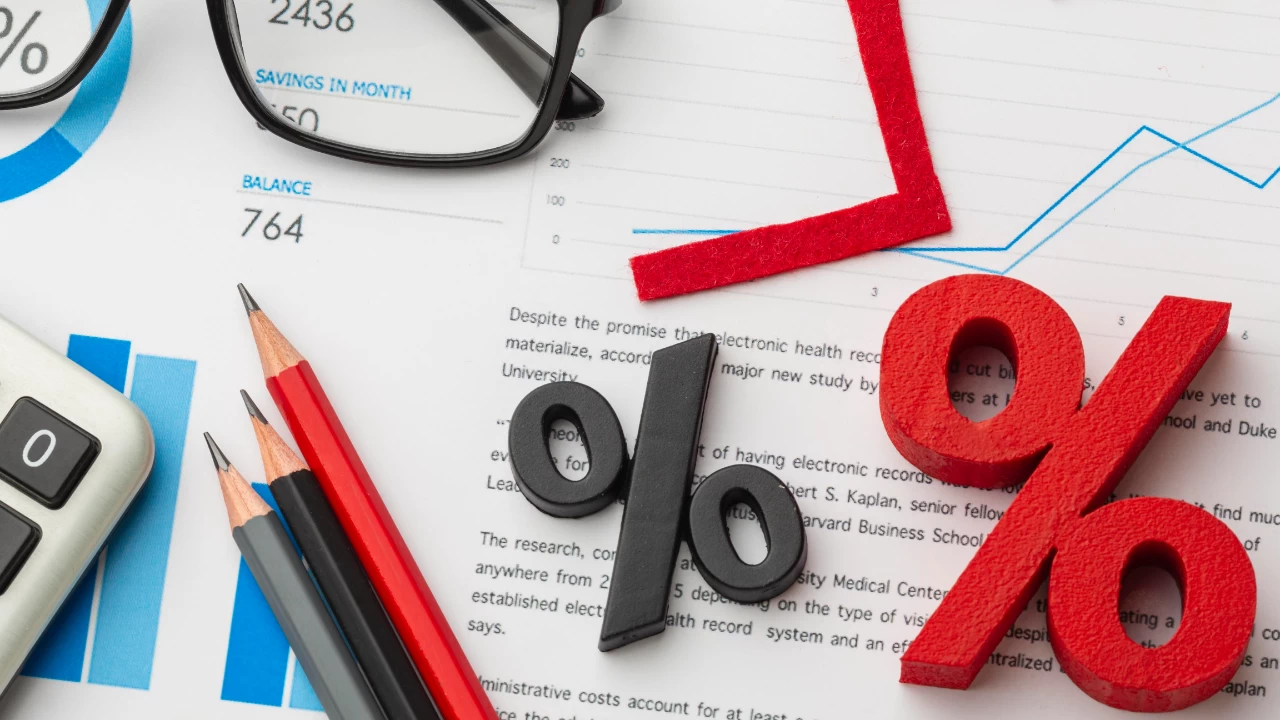
Kolkata: What was the speculation of economists after the publication of retail inflation figures in June has now been voiced by the finance ministry itself. In its monthly review report the Union finance ministry has said there is room for more rate cuts as the inflation has stayed below the target for the Reserve Bank of India.
The rate cutting Monetary Policy Committee of the RBI is scheduled to meet on August 4-6. While the median target for the central bank is a retail inflation rate of 4%, the CPI-based inflation has been recorded at 3.6%, 2.82% and 2.1% respectively, mainly driven by low food inflation.
"Core inflation remains subdued, and overall inflation is comfortably below the RBI's 4 per cent target, affording room for the easing cycle to be sustained," said the finance ministry's monthly review report. "It appears likely that the full fiscal year inflation rate would undershoot the central bank's expectation of 3.7 per cent," the report added.
Taking advantage of the easing inflation, RBI has cut Repo Rate by 100 basis points between February and June. The objective of the policymakers is to stimulate consumption in the country which has been suffering over the past couple of years. The design is to trigger private consumption which is the key to GDP growth in the country. If consumption rises, it will also help generate jobs, which has not been rising to the desired level.
This objective has led to a two-pronged attack on sluggish consumption. From the current financial year, the government has announced big income tax relief to put additional cash in the hands of the salaried people and RBI is trying to bring down interest rates of loans to encourage demand.
Repo Rate cuts bring down the interest rates on all types of loans in the country which helps both the common people and businesses to raise more loans for consumption and business expansion. However, unless consumption rises on a sustainable basis, companies have no incentive to raise resources and add capacities. Therfore, triggering consumption becomes extremely significant for the economy.
Significantly, SBI Research had mentioned in an article in mid June that retail inflation could even dip below 2% by July. “Headline inflation sans a la tomatina could rapidly descend towards 2% or below by July. We expect CPI inflation average at 3.3-3.5% for FY26,” SBI Research wrote in a note.
While announcing the Jumbo rate cut of 50 basis points in June, RBI governor Sanjay Malhotra said the inflation footprint in the four quarters of the current financial years would be the following -- 3.9% in Q1, 3.4% in Q2, 3.9% in Q3 and 4.4% in Q4. The SBI Research mentioned it to be between 3.3% and 3.5%.
However, there is a section of analysts who believe that the RBI is likely to take a pause and wait to see how the transmission of the June rate cut takes place and triggers consumption, before opting for another cut later this year.
The finance ministry monthly review also said the global crude oil prices are expected to remain subdued. This is an extremely significant issue for India since the country imports more than 85% of its crude oil requirements and though retail inflation is expected at multi-year lows in FY26, crude oil price shocks can change the scenario since this is a major way of importing inflation into the country. The finmin report mentioned crude production was hiked by OPEC and its allies to levels which were higher than expected.
